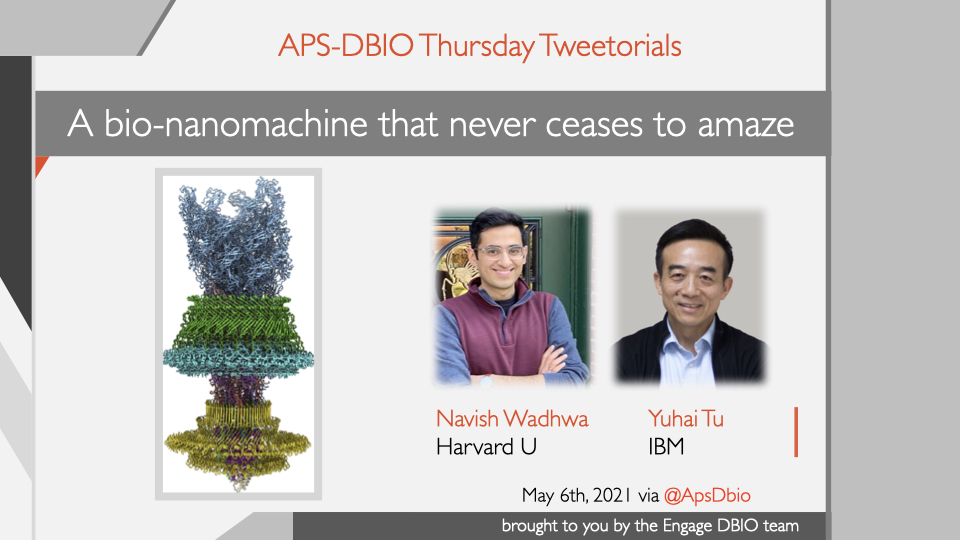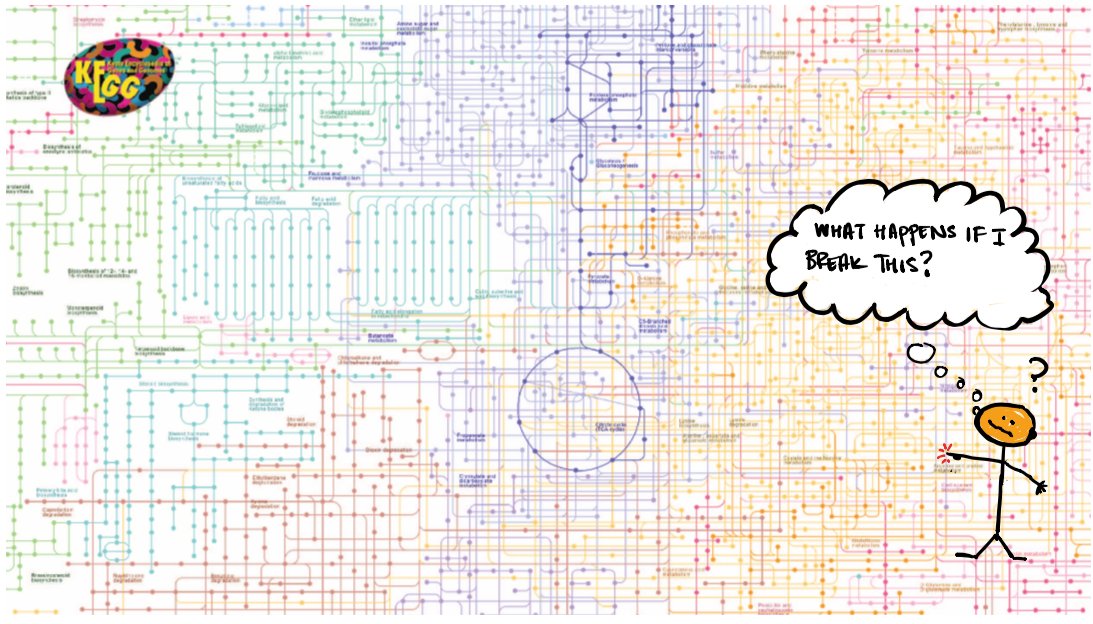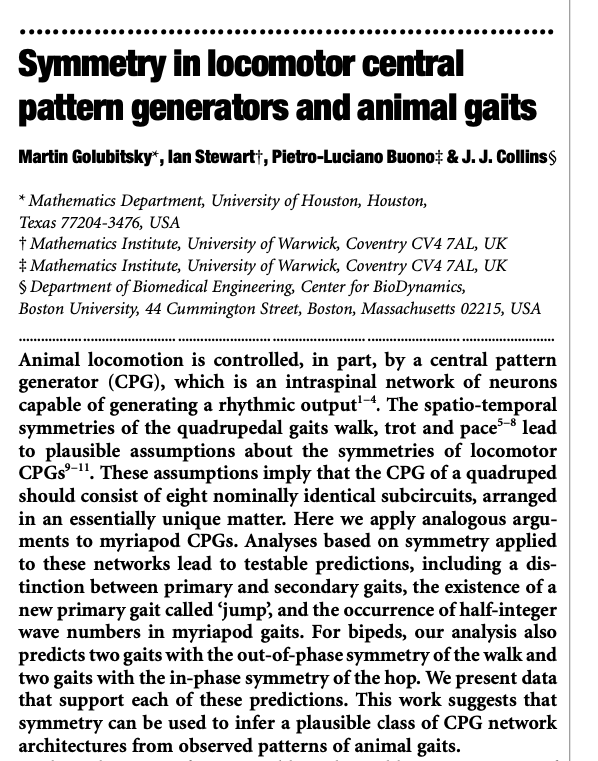
It is Thursday, must be time for a #DBIOTweetorial, brought to you by @NavishWadhwa and Yuhai Tu. We will drop in the tweets over the next hour or so. Counting on you to comment, ask questions, have discussions…let’s show the world that biophysicists don’t hold back. #EngageDBIO 

Gather up, friends. Did you see the internet-famous structure of the bacterial flagellar motor? Did it make you want to know more? Then buckle up, we are about to take a deep dive into nature’s most marvelous bio-nanomachine. 

First, a quick recap. Many bacteria swim by rotating helical flagella. Rotation of these flagella is powered by a highly complex bio-nanomachine, the flagellar motor. It is a full-on electric motor, complete with a stator, a rotor, a driveshaft, a universal joint, and bushings. 

You may have heard about chemotaxis, how in many bacteria, the motor switches its direction of rotation to help the cell respond to chemical stimuli. Turns out this motor has many more neat tricks up its sleeve, many of which have only been discovered in recent years.
The field has been studying the motor for decades, but believe it or not, we did not know its mechanism of torque-generation. That is, until the advent of cryo-EM. Thanks to cryo-EM technology, we now have near-complete structures of the stator complexes that generate torque.
And boy, we were in for a surprise. This tiny rotary motor is powered by an even tinier rotary motor. The stator complexes are miniature rotary motors themselves. A pentamer of MotA rotates around a dimer of MotB, coupled with the passage of protons through the complex.
How, then, does this motor switch its direction of rotation? That turns out to be another elegant mechanism. During the switch, the C-ring (part of that rotor that engages with the stator) undergoes a dramatic conformational change that alters its interaction with the stator.
The C-ring changes its size during the switch! In CCW mode, the stator units engage the *outside* of the C-ring , so their CW rotation drives the motor CCW. After the switch, the stator units now engage the *inside* of the C-ring, and drive the motor CW. 

As if all of this was not enough, the motor is also able to perform some pretty impressive shapeshifting. It constantly adds or removes subunits, which allows it to dynamically adapt to chemical or mechanical changes in the environment.
For example, if the load on the flagellum goes up, the motor adds torque-generating stator units to drive up its output. And when the load goes down, it removes stator units, decreasing its output and conserving energy at the same time. 

If you would like to learn more, we have collected some resources and references here: navishwadhwa.com/blog/flagellar…. Do check them out and let us know if you have any questions. We remain enamored by this beautiful molecular machine and we were glad to spread the joy today.
Thanks to the awesome #EngageDBIO team for letting us take over @APSDbio today. Keep supporting their work by liking, retweeting, and commenting on the great content they bring to our community. 

• • •
Missing some Tweet in this thread? You can try to
force a refresh



















